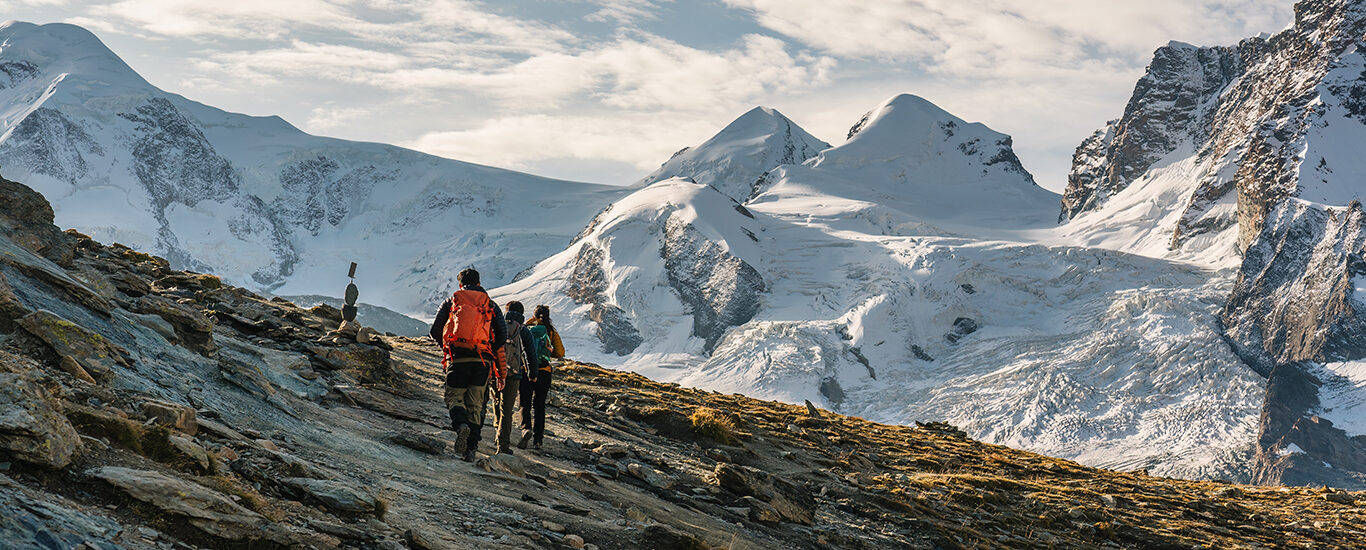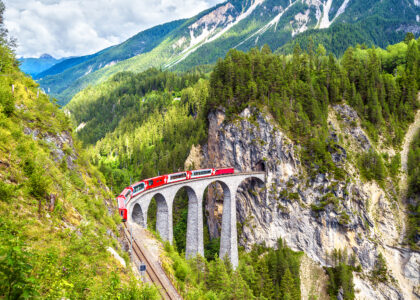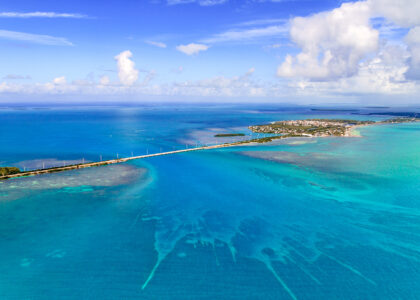Introduction: The Importance of a Good Expedition Backpack
When it comes to epic adventures, whether you’re trekking through rugged mountains or navigating the arid desert, your expedition backpack is your lifeline. It’s not just a bag; it’s an essential piece of gear that can make or break your journey. Imagine strapping on a well-designed pack that fits like a glove and carries all your essentials without weighing you down. A good expedition backpack will enhance your experience, providing comfort and organization for those long-distance hikes or overnight trips.
As you prepare for your next adventure, understanding what to look for in an expedition backpack becomes crucial. The right size and capacity will ensure you have enough room for everything while keeping it lightweight. Durability and material play significant roles in longevity against harsh elements, while comfort ensures every step feels effortless.
So before you hit the trails or set off into the unknown, let’s dive deep into the criteria that define an exceptional expedition backpack!
Size and Capacity
When choosing an expedition backpack, size and capacity are crucial factors. You want a bag that accommodates all your gear without being overly bulky.
Consider the duration of your trek. For overnight trips, a smaller pack with 30-50 liters often suffices. Long-distance journeys may require larger options ranging from 60 to even 100 liters.
Think about what you’ll carry: sleeping bags, food supplies, or extra clothing? Make sure the backpack can handle it comfortably while keeping everything organized.
Striking a balance between space and weight is vital. An overly large backpack can lead to unnecessary bulk and strain on your body during long hikes across mountains or deserts. Choosing wisely ensures that you have enough room for essentials without compromising mobility on those challenging trails.
Durability and Material
When choosing an expedition backpack, the durability and material are crucial. You’ll face challenging environments whether you’re trekking through mountains or traversing a desert.
Look for fabrics like nylon or polyester. These materials offer excellent resistance to tears and abrasions. A denier rating can help gauge strength; higher numbers indicate tougher fabric.
Also consider water-resistant coatings or treatments. This feature protects your gear from unexpected rain during long-distance hikes.
Examine the stitching as well—double-stitched seams enhance longevity significantly. Zippers should be rugged too; they often take the brunt of wear and tear.
Check for reinforced areas where stress occurs most, like straps and attachments. Investing in a robust backpack will ensure it withstands tough conditions time after time.
Comfort and Fit
Comfort and fit are crucial when selecting an expedition backpack. You’ll be wearing it for hours, sometimes days on end. A poorly fitting pack can lead to discomfort and fatigue.
Look for adjustable straps that allow you to customize the fit according to your body shape. This adjustment plays a significant role in weight distribution, reducing strain on your shoulders and back.
Consider the hip belt as well; it should sit comfortably around your waist while providing support. A padded belt can make all the difference during long treks across varied terrain like mountains or deserts.
Test out different sizes before making a decision. Make sure the backpack hugs your torso without restricting movement. The right balance of snugness and freedom will enhance your overall trekking experience significantly.
Organizational Features
When choosing an expedition backpack, organizational features can make all the difference. Look for multiple compartments to keep your gear tidy. A well-structured layout helps you access what you need quickly.
Consider pockets designed specifically for water bottles and snacks. These are essential during long treks in mountains or desert terrains where hydration is key.
Zippered sections are great for storing smaller items like maps, keys, or first-aid kits. You don’t want to rummage through your entire pack just to find a compass when navigating unfamiliar trails.
MOLLE webbing systems allow for additional attachments while on the go. This versatility can be handy if you’re carrying extra gear or add-ons.
Adjustable dividers offer flexibility in organizing different sizes of equipment as per your journey requirements. Whether trekking overnight or embarking on longer distance adventures, having everything in its place amplifies efficiency and ease.
Weather Resistance
Weather resistance is a crucial aspect of any expedition backpack. When you’re trekking through the mountains or wandering in the desert, unpredictable weather can turn your adventure into a challenge.
Look for backpacks made with water-repellent materials. These fabrics help keep your gear dry during unexpected rain showers. Seam sealing and waterproof zippers are also key features that enhance protection against moisture.
Consider additional elements like built-in rain covers. They provide an extra layer of security when conditions worsen. Ventilation systems can prevent condensation buildup inside the pack, ensuring your belongings stay fresh.
Sun exposure can damage some materials over time, so UV-resistant fabrics are beneficial too. This feature helps maintain the longevity of your backpack while allowing you to confidently tackle diverse environments on long-distance journeys or overnight trips.
Additional Features to Consider
When choosing an expedition backpack, additional features can significantly enhance your experience. Look for hydration reservoir compatibility. Staying hydrated on long treks is crucial, and having a built-in system makes access effortless.
Consider pockets and attachment points as well. External pockets are perfect for quick-access items like snacks or maps. Attachment points allow you to secure gear such as trekking poles or sleeping bags outside the pack.
Ventilation systems may also be worth exploring. A breathable back panel helps regulate temperature, especially during grueling climbs in hot conditions.
Think about weight distribution mechanisms. Advanced suspension designs can help balance the load more effectively, making those long-distance hikes feel much lighter on your shoulders and back.
Top Brands for Expedition Backpacks
When searching for the perfect expedition backpack, brand reputation often speaks volumes. Some top brands are synonymous with durability and innovation.
Osprey is renowned for its ergonomic designs and extensive range. Their packs cater to various sizes and terrains, ensuring comfort during long treks.
Deuter stands out with its focus on quality materials that withstand harsh conditions. They offer features like ventilation systems to keep you cool on intense hikes.
The North Face combines style with functionality, making their backpacks a favorite among outdoor enthusiasts. Their commitment to weather resistance is exemplary.
Gregory offers women-specific models designed for optimal fit. This attention to detail enhances performance in rugged environments.
Arc’teryx delivers premium options known for their lightweight construction and advanced technology. These packs excel in both mountain trails and desert landscapes.
Budget Considerations
When selecting an expedition backpack, your budget plays a crucial role. Quality and price often go hand in hand. A well-made backpack can be a long-term investment that withstands rigorous use.
Consider the features you need versus what you’re willing to spend. Higher-priced models typically offer better materials, improved durability, and advanced organizational options for trekking or overnight trips.
Don’t overlook mid-range options; they may provide excellent value without breaking the bank. Research various brands and manufacturers to find backpacks that fit your criteria while still being friendly on your wallet.
Keep an eye out for sales or discounts during off-seasons. Sometimes last year’s models offer just as much functionality at a lower price point. Prioritize essential features over trendy add-ons to make the most of your budget choices while venturing into mountains or deserts alike.
Conclusion: Finding the Perfect Expedition Backpack
Choosing the right expedition backpack is a critical decision for any adventurer. Whether you’re scaling mountains, trekking through deserts, or embarking on overnight journeys, your backpack will be your lifeline. It’s not just about carrying gear; it’s about comfort, durability, and ease of access.
With various sizes and capacities available, ensure you select one that meets your specific needs. Pay attention to the materials used in construction; high-quality fabrics can significantly extend the longevity of your equipment. Comfort should never be overlooked—an ill-fitting pack can turn a delightful trek into an unbearable chore.
Organizational features like pockets and compartments help keep everything in place while weather resistance ensures that sudden changes won’t spoil your trip. Additional add-ons such as hydration reservoirs or adjustable straps can enhance functionality further.
Researching reputable brands and manufacturers will lead you to trusted options tailored for long-distance adventures. Don’t forget to consider price points; investing wisely now means more enjoyable expeditions down the road.
Finding an expedition backpack that ticks all these boxes will transform how you explore nature’s wonders. Choose wisely and get ready for unforgettable experiences ahead!














